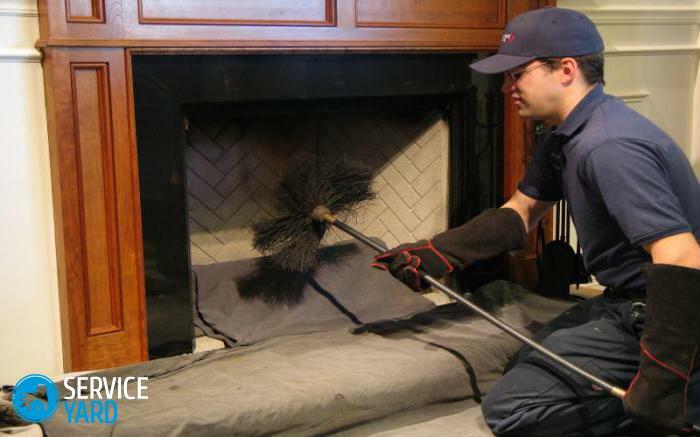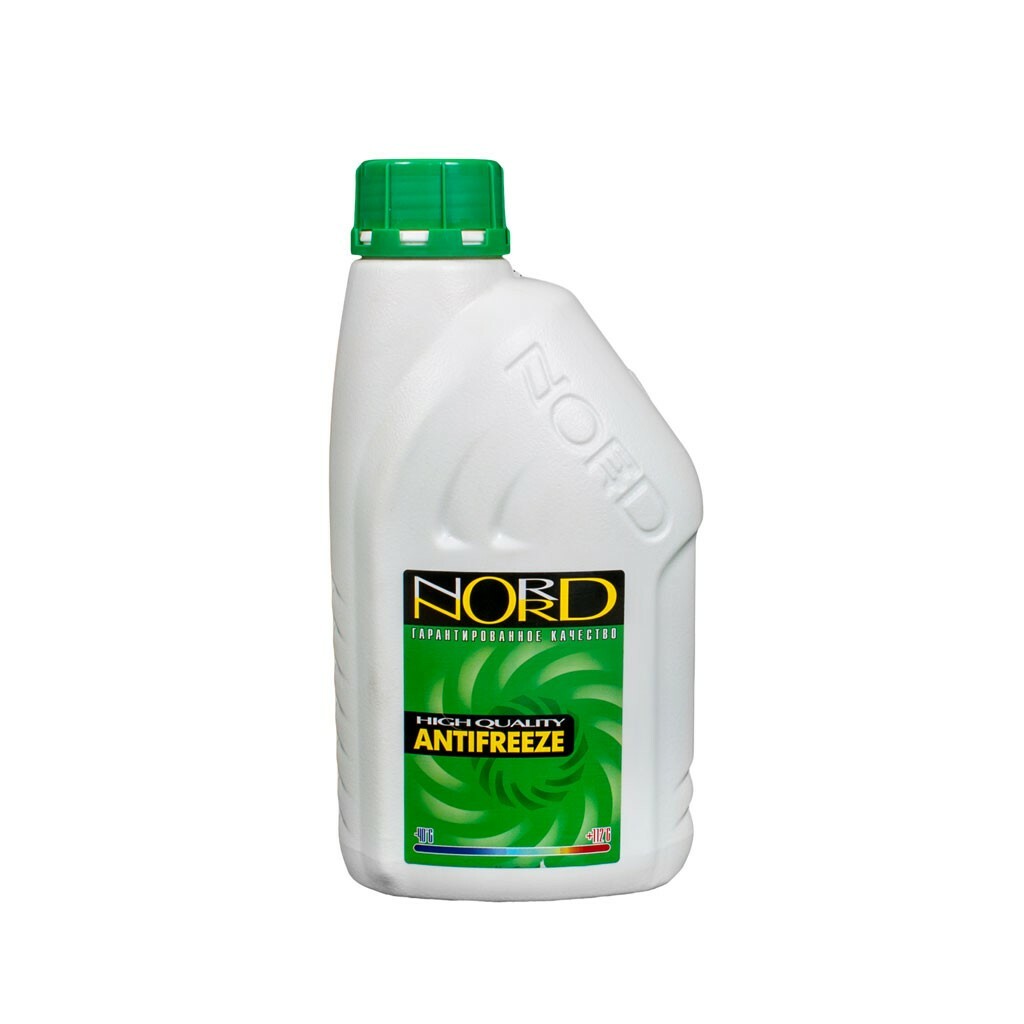
- Why does soot form?
- Reasons for producing soot
- How to clean the furnace and fireplace with soot
- When is cleaning required?
The efficient operation of the fireplace and stove depends not only on the quality of the fuel and the construction materials, but also on the state of the chimney. Even the best firewood results in the formation of soot and burnt on the surface of the pipes. Therefore, regular cleaning of chimneys of stoves and fireplaces from soot is the most important rule of operation of the furnace system. To date, there are many ways how to effectively clean the pipe without recourse to specialists.
to the contents ↑Why does soot form?
Combustion of any fuel is an oxidation process, for which two conditions are necessary: oxygen and high temperature. If at least one of them is not satisfied, this leads to the formation of soot, as a result - insufficient oxidation of carbon. In this case, the smoke has a characteristic black color and contains a large number of small particles remaining in the pipe, especially in turning places.
to content ↑Reasons for the formation of soot
Virtually all of the firewood leaves soot on the walls of the chimney, especially when the combustion starts. However, there are a number of factors, due to which the fire is released several times more actively:
- Raw wood. It is known that if you put moist fuel in a fireplace or stove, then it takes time to dry up. This consumes a large amount of energy, and the temperature in the furnace decreases. Because of this, insufficient oxidation of carbon occurs and characteristic black smoke appears.
- The burning of plastic and polyethylene in an oven or fireplace - leads to the formation of a huge amount of soot and burnt on the pipe. This not only harms the furnace system, but also pollutes the atmosphere.
- Insufficient thrust in the furnace. The combustion process is impossible without good oxygen supply. If air is not enough, then the firewood burns badly, soot and burns are formed. This may be due to the incorrect design of the oven, as well as to be a consequence of chimney clogging.
Important! The rate of soot formation in the kiln system strongly depends on the quality of the wood fuel. It is not advisable to use coniferous varieties - spruce and pine, for burning in an oven. A large amount of resin in the wood leads to a rapid clogging of the chimneys. It is best to purchase only dry logs of deciduous species, otherwise - more frequent cleaning of the chimney from the soot will be required.
to the contents ↑Ways to clean the furnace and fireplace from soot
To date, there are three basic methods for cleaning chimneys:
- Mechanical method. This is the easiest, but effective method of cleaning pipes. A special brush or brush is lowered into the chimney, by means of which the pipe walls are cleaned.
Important! This method is not suitable for everyone, because it requires direct access to the pipe on the roof. By the way, chimney sweeps used this method.
- Dry cleaning of pipes. This is the most accessible and simple method of cleaning the chimney from soot. During the burning of firewood, powder or special briquettes are added, which by chemical reaction clean the surface of the pipe even in the most inaccessible places.
Important! This is a great way to prevent pollution, however, it is ineffective for cleaning serious blockages.
- Folk methods. Contamination of the chimney of soot is a long-standing problem that people have faced many centuries ago. Before, there were no chemical means, and the chimney-sweep services could not afford to every person. Therefore, various methods have been devised, as it is easy to clean the chimney with improvised methods.
Mechanical cleaning
Cleaning the chimneys with a special ruff and weights is one of the oldest methods that is still used today.
The device itself is very simple:
- It is a flexible iron or rubber cable, at the end of which there is a rigid metal brush.
- Its diameter is selected depending on the size of the chimney.
- Sometimes the brush is combined with a small weight so that the cable can easily penetrate the chimney to the very end.
Important! The device is lowered into a pipe on the roof, and then raised and so on until the contamination has removed. The cleaning technology consists in mechanically driving the soot off the surface of the pipe.
 When using this cleaning method it is extremely important to follow the sequence of work, otherwise - all efforts will be useless - the soot will remain on the surface of the chimney:
When using this cleaning method it is extremely important to follow the sequence of work, otherwise - all efforts will be useless - the soot will remain on the surface of the chimney:
- Close tightly all openings of the furnace, including the furnace door. This is important in order that the soot particles, which are torn from the surface, do not fly into the house. If you clean a fireplace with an open firebox, then it must be covered with a damp cloth.
- Climb to the roof, always using insurance. It is not recommended to clean the chimney from soot in windy or snowy weather, in order to avoid a breakdown.
- Inspect the chimney. If the soot layer does not exceed 2 mm, then it is best to resort to chemical cleaning, because the use of a ruff with weight is only necessary for strong impurities.
- It is desirable to clean a dense layer of burning with a scraper with a long handle. Only after this, take the ruff and start cleaning the pipe.
- For effective cleaning, it is not always necessary to use a weight at the end of the brush. This is only necessary when there is a congestion in the chimney. It is necessary to throw it very carefully, exactly in the center of the chimney, trying not to touch the masonry of the stove or fireplace.
Important! You can not use a weighting agent with a displaced center of gravity. During the procedure, it can turn over or twist, causing it to become stuck in the pipe or disrupt the surface of the chimney.
- At the end of cleaning, be sure to open all the dampers and remove the soot that has settled on them. In the case of open fireplaces, be sure to clean not only the chimney, but also directly the furnace.
Dry cleaning
If the chimney is not clogged too much, you can use a cleaner to clean the chimney from the soot.
Important! They work especially well if the pipe is ceramic or stainless steel. However, a chemical method can also clean the brickwork, if the soot layer does not exceed 2 mm. It is advisable to regularly use special means for cleaning as a preventive measure - this is a reliable way to avoid mechanical cleaning of the chimney.
To date, the most popular are the following:
- "Коминичек" - a tool of the Czech manufacturer. It is a paper bag, inside which there are granules. The preparation is laid directly on the wood in a well-heated oven, without tearing the package. The powder, when heated, will cause a reaction, due to which the soot begins to exfoliate from the walls of the chimney and go out with the smoke.
- Various logs for cleaning the chimney, for example, "Log chimney sweep".Regardless of the name and manufacturer, the principle of using such tools is the same - in a preheated oven or fireplace put a log for cleaning the chimney. During combustion, a catalyst is released that works like a powder - the soot softens and leaves the tube with smoke or falls into the furnace.
Important! After using chemicals to clean the chimneys, it is necessary to ventilate the room, and clean the stove or fireplace thoroughly. Soot after treatment can be strewed for a few more days, so it will take a long time to clean.
Folk methods
Various folk remedies are the most affordable way, how to clean the fireplace yourself without resorting to the services of professionals. Here are the most effective methods:
- Use of salt. Put a few handfuls of rock salt on the wood and flood the stove or fireplace. During combustion, a large amount of oxygen will be released, which will soften the soot on the surface of the pipe.
Important! This method is not suitable for cleaning a large layer of soot and can only be used as a preventive measure.
- Cleaning with potato peelings. This is one of the oldest ways of cleaning furnace equipment. The amount of potato purification is determined only by the size of the oven, as a rule, enough buckets for cleaning the average in size chimney. Wastes of potatoes are poured directly into the wood during burning. Starch, which is released during combustion, cleanses soot and it exits the chimney. After the procedure, it is desirable to clean the furnace, remove the ash and ventilate the room.
- Aspen firewood is the most unreliable and dangerous folk method. It consists in heating the chimney to the maximum temperature, so that the soot simply burns out. For this, aspen wood is used, which burns with the hottest flame. Before using this method, make sure that the soot in the chimney is not very much, otherwise - it can explode and damage the airtightness of the pipe.
Important! None of the folk methods is able to remove a large layer of soot. These are, rather, methods of preventing pollution than ways to fully clean the chimney.
to the contents ↑When is cleaning required?
When using high-quality fuel of deciduous trees, it will not be necessary to clean the system soon. As a rule, the prevention of chemical and folk methods is sufficient to avoid strong soot blockages. Cleaning the fireplace with soot is only necessary when the color and quality of the smoke changes - it becomes dark and dense. The shade of the flame in the furnace can also change, with clogging of the chimney it becomes dark orange. In addition to this, a characteristic smell of burning can be felt in the room, which should not be due to normal operation of the oven equipment.
Cleaning the chimney from soot is an important procedure for the proper use of oven equipment. When the soot deposits are heavily soiled, not only the quality of the heating deteriorates, but there is a risk of damage to the pipe, as well as the likelihood of a fire. You can clean the pipe yourself, but you can resort to the help of specialists.


